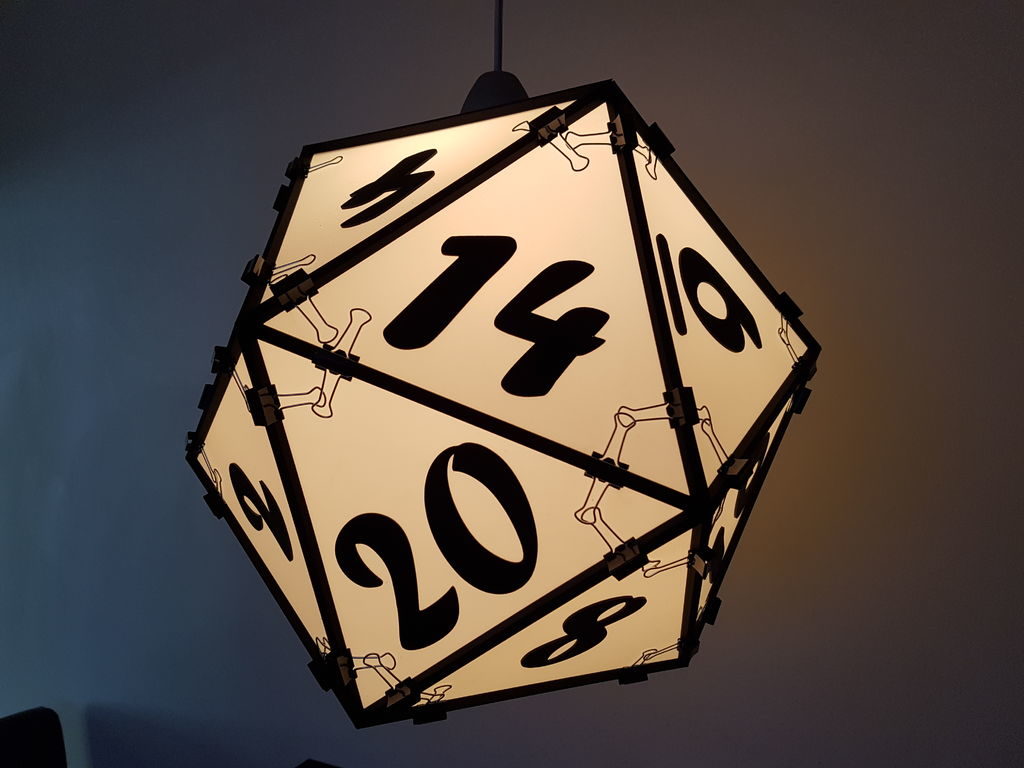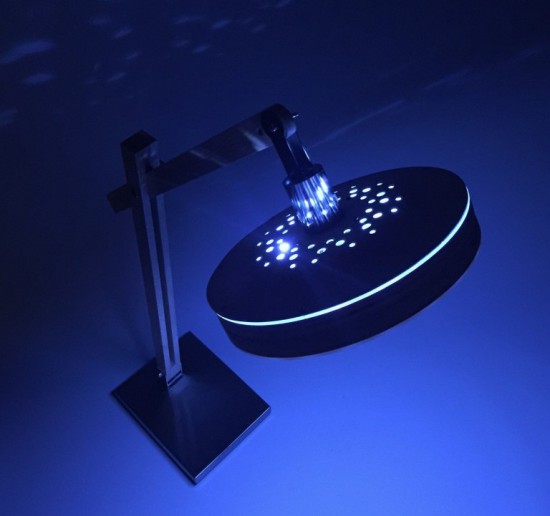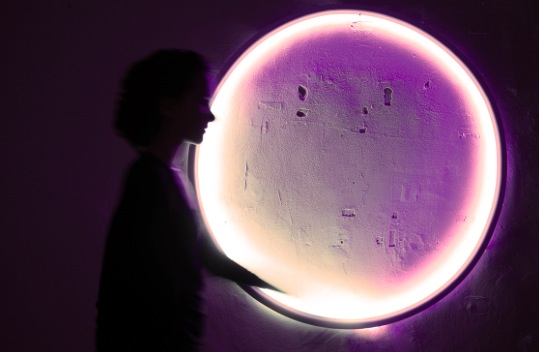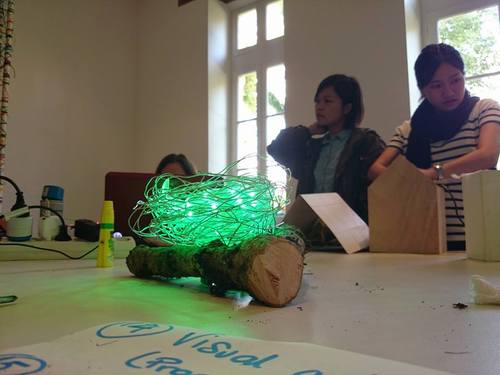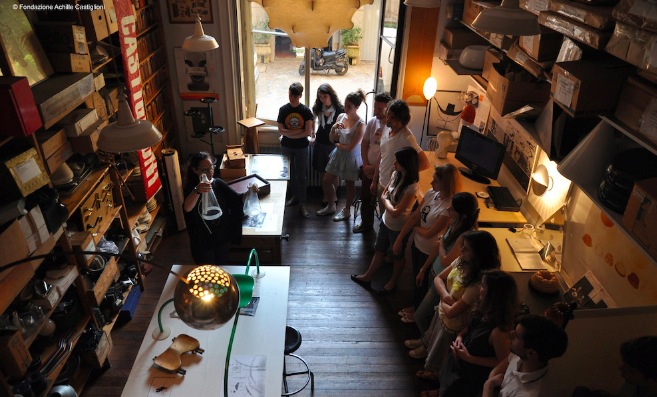
(in english below)
Se avete avuto l’occasione di visitarla, concorderete che la Fondazione Achille Castiglioni sia uno dei luoghi più magici di Milano, un luogo vivo, brulicante e allegro dove si respira l’amore per il design, per il progetto e per le persone.
Il 15 e 16 giugno prossimi in una delle stanze della sede della fondazione in Piazza Castello 27 a Milano, Massimo Banzi terrà un workshop di base intitolato “Arduino e la luce”, portando 15 partecipanti alla realizzazione di una lampada interattiva fabbricata digitalmente a partire da un design di studio Habits.
Dopo l’introduzione alle potenzialità di Arduino e ai fondamenti dell’interattività, Massimo guiderà i partecipanti attraverso esercizi guidati alla scoperta dell’abc di Arduino e di alcuni sensori. Nel resto del weekend Massimo lavorerà con gli studenti per rendere interattive le lampade e ogni partecipante porterà a casa la propria creazione al termine del corso.
Il workshop si svolge nell’ambito della mostra dedicata alla lampada Gibigiana disegnata da Achille Castiglioni presentata con bozzetti e prototipi proposti in una nuova chiave sperimentale. Il ricavato del workshop andrà alla Fondazione Achille Castiglioni.
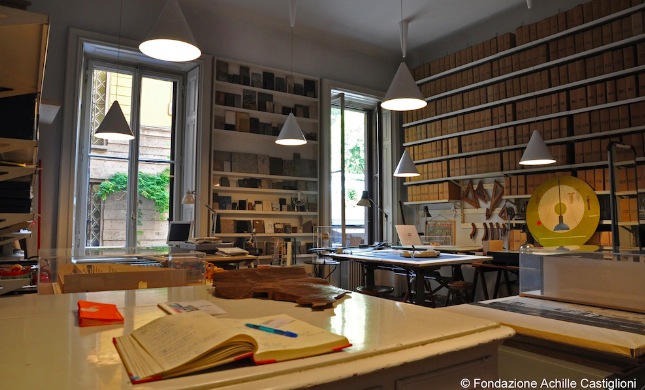
Il corso è dedicato a principianti; non è necessaria alcuna conoscenza di elettronica e di programmazione. È richiesto a ogni partecipante di portare il proprio laptop con sistema operativo Windows, Mac (10.5 o superiore) o Linux. Su richiesta, sarà possibile pranzare in studio Castiglioni (a un costo di 20 euro per il sabato e la domenica).
Iscrivetevi cliccando qui e per ulteriori domande scrivete a fondazioneachillecastiglioni [at] press-office.co.
——————————–
Experimenting on light and interaction with Massimo Banzi
If you had the chance to visit it, you’d agree that Fondazione Achille Castiglioni is one of the most charming site of Milan, a lively and inspiring place, where you can breathe the love for design and for the people.
On the 15th and 16th of June Massimo Banzi will hold a two-day workshop (in italian) titled “Arduino e la luce” hosted in the rooms of the foundation in Piazza Castello 27 in Milan, bringing 15 participants into creating an interactive digitally-fabricated lamp, designed by Habits studio.
After introducing Arduino and the basics of interactivity, Massimo will guide participants into exploring the sensors and how to make their lamp interactive. Each of them will work on one lamp and is going to bring home the final result at the end of the second day.

The workshop is organized as part of the exhibition dedicated to the Gibigiana lamp, designed by Achille Castiglioni and presented in a new experimental version with sketches and prototypes. All proceeds from this workshop will go to Fondazione Achille Castiglioni.
The workshop will be in italian language and open to beginners, without any knowledge of electronics or programming.
Book your participation at this link and if you need more info write to achillecastiglioni [at] press-office.co

